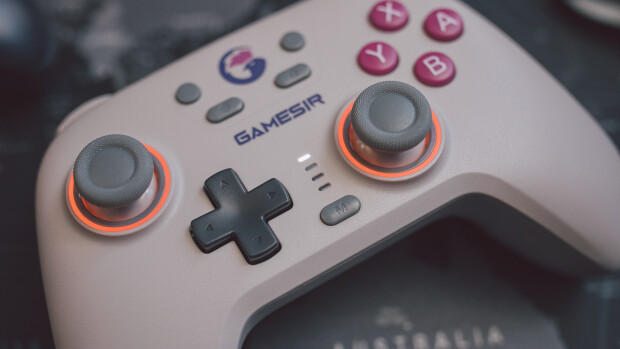Windows 8 is Microsoft's newest operating system and like any other major operating system release, it features major changes. Notable changes already seen so far include the new Metro user interface and Xbox Live integration. However, the front end is not the only place where the team is looking to make changes. In a blog post made on MSDN, reducing energy consumption in Windows 8 is just as important as any other aspect of the overall presentation.
Program manager Pat Stemen writes that the significance of power consumption revolves around battery life when it comes down to handling an increased workload and reducing the energy costs and the impact on the environment. Improved power management is one of the goals for Windows 8 and it can be split into three categories - faster performance, increased battery life and smartphone power model integration.
In the eyes of the development team, good power management can be attributed to maintaining low energy costs, system responsiveness and what they describe as the "coordination between the hardware, operating system and application software." By gathering data via several reference platforms, the necessary tweaks can be made to decrease energy consumption. For example, a test bed of computers running Windows 7 are monitored to see how the energy is used and is then addressed in new builds of Windows 8. Below is a chart that illustrates the average energy consumption between builds.

Now the juicy part of all of this data collecting is that the team is already on its way to implementing three solutions to improve the overall energy efficiency of Windows 8. The first is the Metro style application model. Through this, developers are able to define the specific times in which their program would be active while the application model will suspend it otherwise. For programs that run in the background such as social network clients, the application model works to create background tasks which are then carried out with the least impact on energy.

The second solution comes down to improving power management while idling. In a nutshell, the longer the idle duration that can be created between idle cycles, the less power that is used up. In this particular instance, this shows the idle duration between Windows 7 and the builds of Windows 8 while idling with the screen on.
Finally, the last solution to improved power management is implementing a new device power framework which allows the numerous devices of a computer to display their power management capabilities. All of this is then converged into a special driver called the Power Engine Plugin or PEP for short. The PEP is designed where manufacturers can develop one driver for a product while but specifically addressing the power management requirements that System On Chip computers are able to take advantage of.
All of this may look confusing now but when everything is put into action, it will all come together. With the ever increasing usage of laptops and tablets in the tech world, the idea of energy consumption becomes evident here. With Windows 8 on the way, Microsoft is taking the initiative towards providing the best power management possible allowing users to get the most out of their computers.
Images Courtesy of MSDN
















25 Comments - Add comment